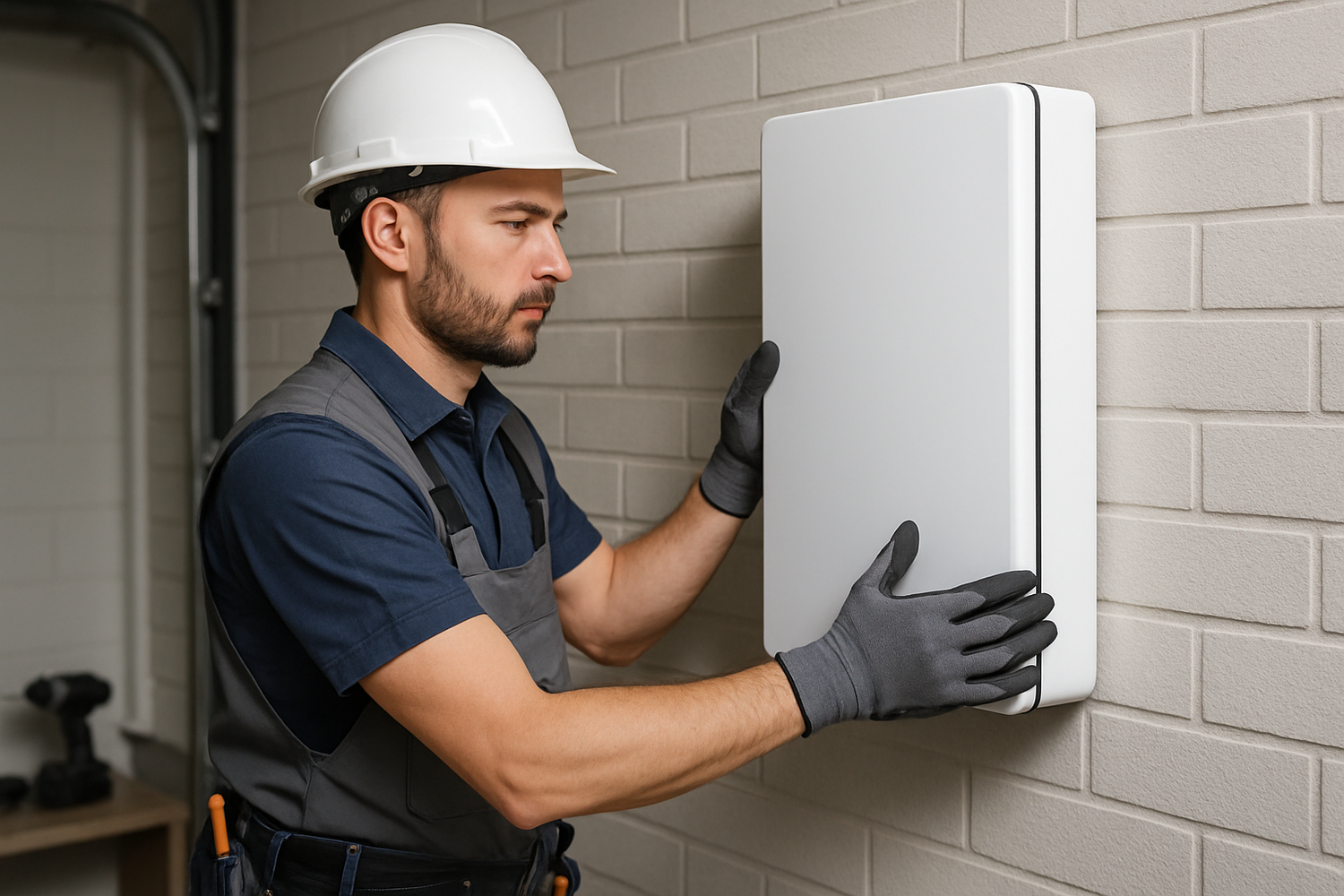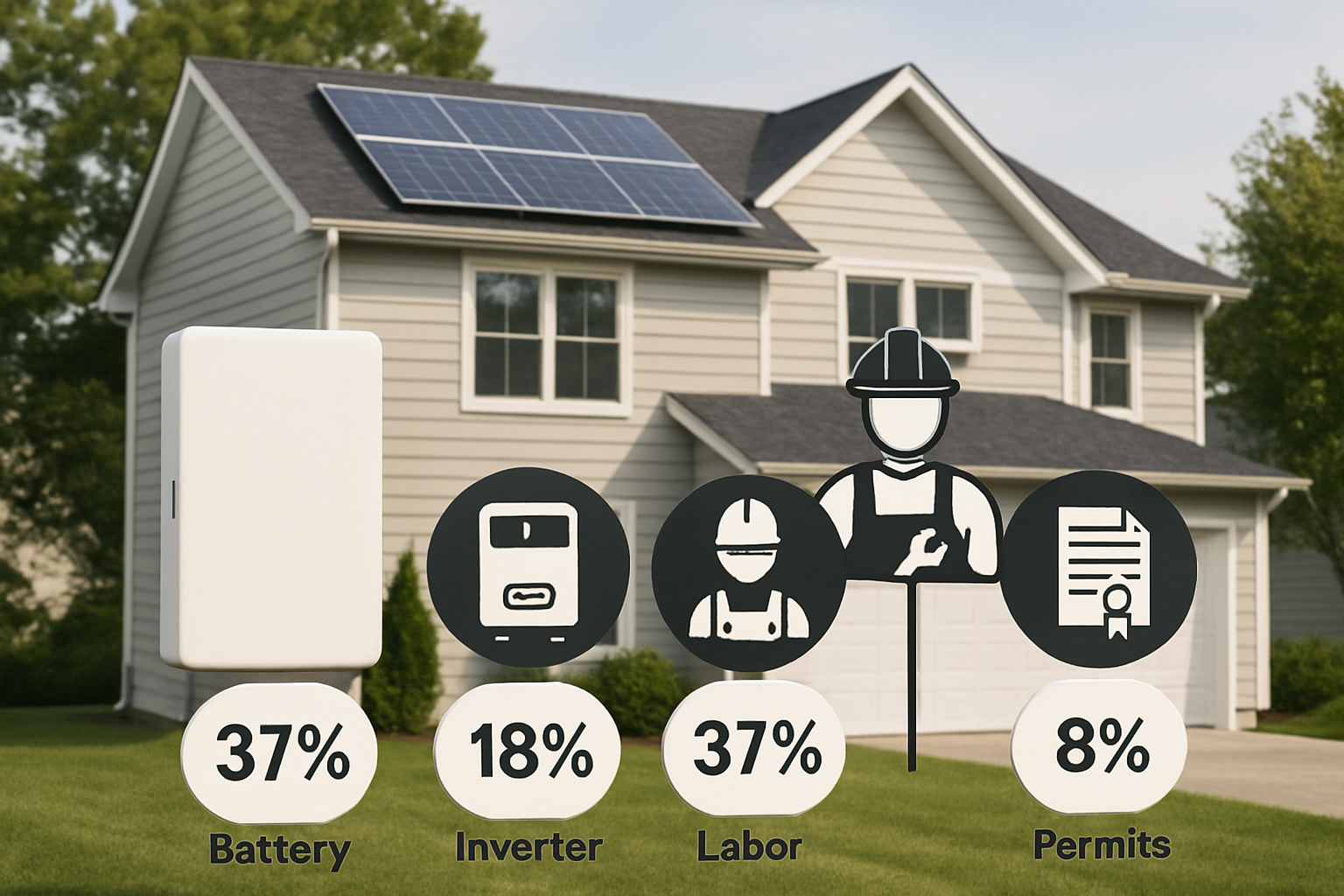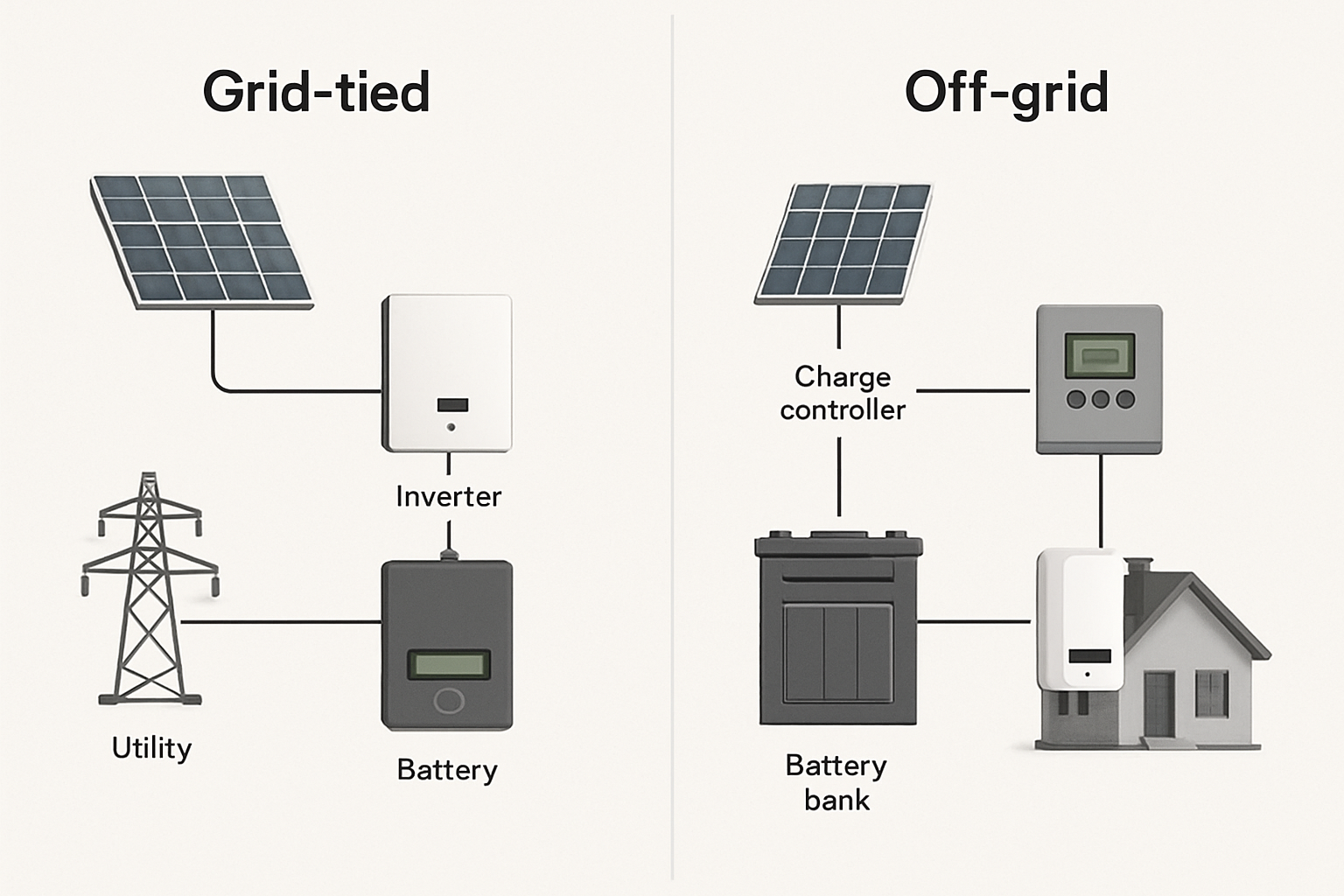As more homeowners embrace energy independence, home battery storage systems are becoming a popular addition to residential properties. They offer backup power during outages and help manage energy costs. A common question that arises is whether a permit is required for installation. The short answer is yes, in almost all cases, a permit is necessary. This process is not just a formality; it's a crucial step to ensure safety, compliance, and the proper functioning of your system.
Why Permits Are a Critical Step for Home Energy Storage
Securing a permit for your home battery installation might seem like an administrative hurdle, but it serves several vital functions that protect you, your home, and your investment. The process is designed to verify that the installation adheres to strict safety and performance standards.
Ensuring Safety and Code Compliance
Any major electrical work, including the installation of a battery energy storage system, involves potential risks like electrical shock and fire hazards. Local and national electrical codes, such as the National Electrical Code (NEC) in the United States, provide detailed guidelines for safe installation. A permit triggers an official inspection from a qualified professional who verifies that all work meets these codes. This third-party check is fundamental to preventing accidents and ensuring the system operates safely.
Maintaining Your Homeowner's Insurance and Warranty
Most insurance policies require that any significant electrical upgrades be performed by licensed professionals and be fully permitted. In the event of an incident like a fire, an unpermitted installation could give your insurance provider grounds to deny your claim. Similarly, manufacturers of high-quality equipment, including LiFePO4 batteries and solar inverters, often stipulate that their product warranties are only valid if the system is installed by a certified professional according to local regulations.
Grid Interconnection and Utility Requirements
If your home energy storage system will be connected to the electrical grid, you must obtain approval from your local utility company. The permitting process is intertwined with the utility's interconnection agreement. This agreement ensures that your system can safely export excess power to the grid without jeopardizing the stability and safety of the utility infrastructure for your neighbors. Without a permit, you will not receive permission to operate your grid-tied system.
Navigating the Permitting Process for Your Battery System
The permitting process can vary significantly depending on your location. However, the general steps and required documentation share common elements. Working with an experienced installer simplifies this process considerably, as they are familiar with local requirements.
Identifying the Authority Having Jurisdiction (AHJ)
The 'Authority Having Jurisdiction' or AHJ is the local entity responsible for approving your installation. This is typically your city or county's building and safety department. The AHJ sets the specific rules and codes that your project must follow. Their requirements are the ultimate standard for your installation, from the type of equipment used to its exact placement on your property.
Common Documentation and Plans Required
To apply for a permit, your installer will typically need to submit a detailed plan set. This package usually includes:
- Site Plan: A diagram showing the location of the battery system, inverter, and other major components on your property.
- Electrical Diagram: A single-line diagram that illustrates how all the electrical components are connected, including the battery, inverter, solar panels, and your home's main electrical panel.
- Equipment Specification Sheets: Documents from the manufacturer detailing the technical specifications and safety certifications (such as UL 9540) of your chosen battery and inverter.
The quality of these documents is paramount. According to a report by the International Renewable Energy Agency (IRENA), proper training and certification for installers are essential for deploying reliable renewable energy systems. As detailed in their publication, Quality infrastructure for smart mini-grids, certified installers are better equipped to prepare the technical documentation required for permit approval.
The Inspection Phase: What to Expect
After the system is physically installed, the AHJ will send an inspector to your home. This inspector will review the work to ensure it matches the approved plans and complies with all relevant codes. They will check wiring connections, equipment mounting, safety clearances, and proper labeling. Once the installation passes inspection, the AHJ will grant 'Permission to Operate' (PTO), which is the final green light to turn your system on.
Key Factors Influencing Permit Requirements
Not all battery installations are treated the same. The specific requirements for your permit will depend on several factors, including the size of your system, the type of battery chemistry, and whether it operates independently or is tied to the grid.
System Size and Capacity (kWh)
Larger residential energy storage systems, measured in kilowatt-hours (kWh), often face more stringent permitting requirements. A higher capacity system can deliver more power, which necessitates more robust safety features and installation practices. The AHJ will closely scrutinize the plans for larger systems to ensure they can be operated safely without overloading your home's electrical infrastructure.
Battery Chemistry and Technology
The type of battery you choose plays a significant role. Lithium Iron Phosphate (LiFePO4) batteries are widely recognized for their superior thermal stability and safety profile compared to other lithium-ion chemistries. AHJs are more familiar and comfortable with technologies that have a proven safety record and recognized certifications. Using certified, high-quality components can often lead to a smoother approval process.
Grid-Tied vs. Off-Grid Systems
As mentioned, grid-tied systems always require a permit to ensure a safe connection to the utility grid. Off-grid systems, while not connected to a utility, still generally require permits. In this case, the focus of the inspection is on the standalone safety of the installation to protect the home's occupants. Case studies on remote communities, such as those highlighted in IRENA's Renewable energy for remote communities: A guidebook for off-grid projects, demonstrate that even in isolated settings, adherence to established installation standards is critical for long-term success and safety.
Linking Installation Quality to Long-Term Performance
A proper, permitted installation does more than just satisfy legal requirements; it lays the foundation for optimal system performance and longevity. An experienced professional ensures that every component is configured correctly, maximizing efficiency and reliability.
Understanding the performance metrics of your storage system is just as important as the installation itself. Key indicators like Depth of Discharge (DoD), system efficiency, and battery lifespan directly impact your return on investment. For a detailed breakdown of these critical metrics, the Ultimate Reference for Solar Storage Performance offers valuable insights into what you should expect from a high-quality solar energy storage system. Efforts are underway to make this entire process easier for homeowners. Initiatives described by the U.S. Department of Energy have focused on streamlining local permitting processes to reduce costs and complexity. As mentioned in one EERE Success Story, developing best practices and standardized guidelines helps local governments make solar and storage adoption faster and more affordable.
Your Next Steps Toward Energy Independence
While the permitting process for a home battery installation involves careful planning and documentation, it is an indispensable part of the project. It safeguards your home, validates your warranties, and ensures your system delivers reliable power for years to come. The best approach is to partner with a reputable and experienced installer who understands local codes and can manage the entire permitting process on your behalf. This allows you to focus on the benefits of your new energy storage system with confidence and peace of mind.
Frequently Asked Questions
Can I install a home battery myself without a permit?
While some aspects of a solar installation may seem suited for a DIY approach, the electrical work associated with a battery system requires deep technical knowledge. For safety and compliance, this work should be performed by a licensed professional. Attempting an unpermitted installation can create serious safety hazards, void equipment warranties, and lead to complications with insurance and home resale.
How long does the permitting process take?
The timeline for permit approval can vary significantly from one municipality to another. It can range from a few weeks to several months, depending on the workload of the local building department and the complexity of your project. An experienced installer can often help expedite this process by submitting a complete and accurate application package.
What is the average cost of a permit for a home battery system?
Permit fees are set by the local AHJ and can range from a few hundred to over a thousand dollars. This cost is influenced by the project's total valuation and the specific inspection requirements. Most installers will bundle the permit fees into the overall project cost for clarity and convenience.
Do I need a separate permit for solar panels and a battery?
If you are installing solar panels and a battery storage system at the same time, they can typically be covered under a single permit. However, if you are adding a battery to an existing solar array, you will need to apply for a new permit specifically for the energy storage portion of the project.





Leave a comment
All comments are moderated before being published.
This site is protected by hCaptcha and the hCaptcha Privacy Policy and Terms of Service apply.